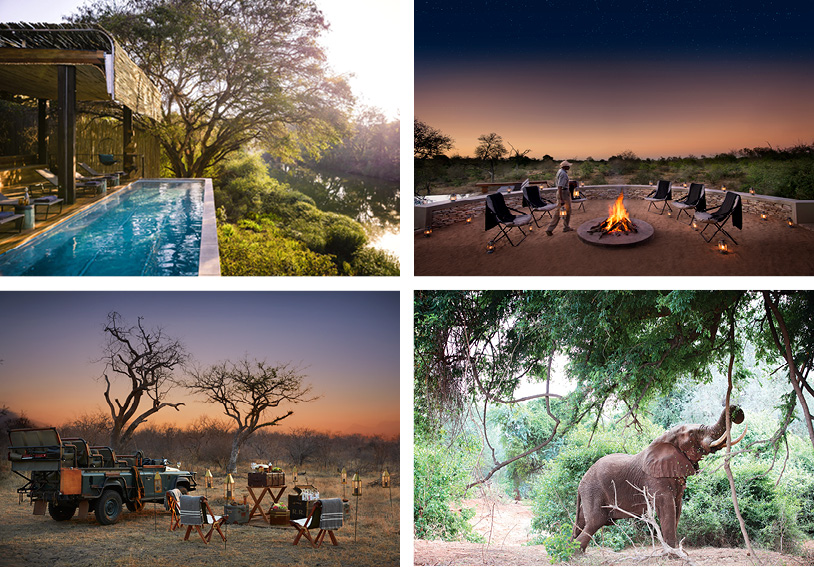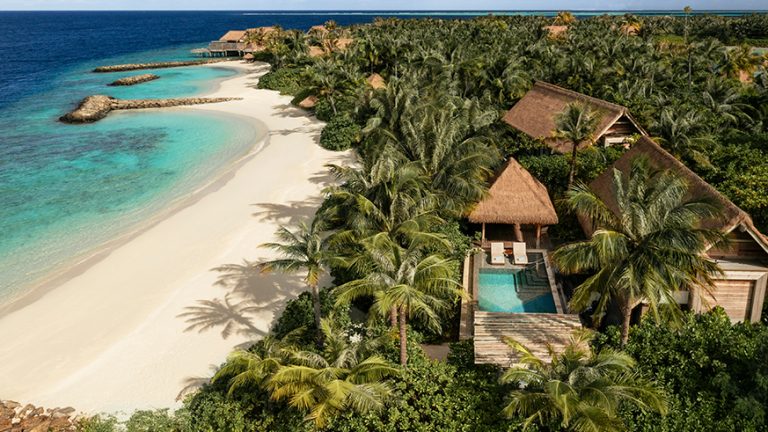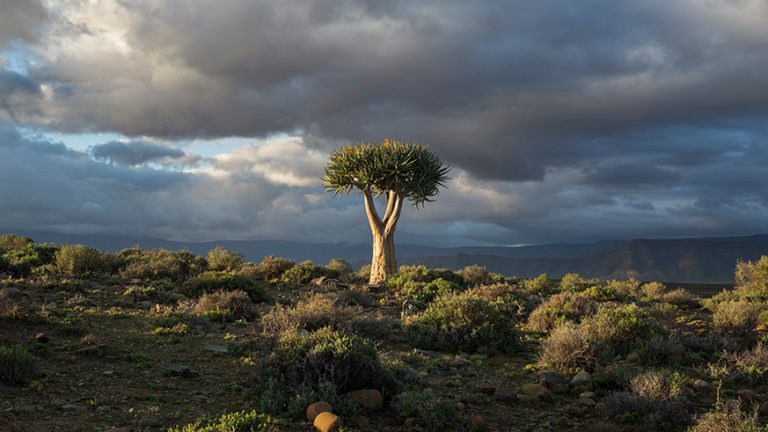On safari in Africa – tips on what to pack
You would think that packing for an African safari is a doddle – not so! Not if you’re going to be hopping on and off game vehicles, small planes, helicopters and even mokoros to get to your lodge. The trick is to pack smart and light.
Our safari concierge, Michelle Snaddon, has been travelling on press trips and safari reccies for the past 20 years and loves the challenge of boarding with 7kgs and setting out free as a bird. Admittedly, her handbag carries her survival kit – everything she needs access to in even the most remote location is packed in here with precision – but she doesn’t always get it right. The reason? It’s SO hard to think summer when you’re trussed up in winter gear, and it’s often impossible to imagine what works best, especially if it’s your first game experience. Follow Michelle’s tips to make packing a breeze.
10 tips on what to pack on safari
1. Keep it minimal and lightweight
Find a lightweight duffel bag with pockets inside. Lay it all out on your bed two weeks before, pack, and then remove at least 25%. I promise you won’t use everything – try for three to four outfits. Remember, if you need to launder, most lodges offer laundry services and everything dries fast in the bush. Photograph your selection (do this if, like me, you often have a hectic work week leading up to your flight – it takes all the stress out of last-minute decisions!) so that you don’t forget (such a help if you land up packing in a hurry or late at night!).
2. Pack ahead of time
Packing ahead of time gives you time to shop for that fold-up hat that won’t fly off your head (be warned: safari hats are deeply unsexy – you’ll need to search for the perfect washable, crushable hat that you like!), a UV-resistant shirt (try and find a long-sleeved, shapely one with air vents) or one pair of light, closed shoes that does double duty – day and night – they need to be snake and mosquito proof! Pack these, flip flops and one pair of sandals.
3. Invest in UV-resistant zip-off pants
On pants: only buy the lightest, most sophisticated fabrics. Or pure cotton or linen. Bush gear has come a long way in the past year or two, so invest in one pair of pants or trousers that zip off and convert into shorts but pack two pairs of lightweight long pants for dinner time (you’ll want to be covered at dusk and dawn in malaria areas).
4. Think layers
If you’re travelling in winter, pack one pair of the lightest heat-generating thermals you can buy. They should fit under your summer-weight long pants… by 9am you’ll be stripping them off behind a bush but you’ll be thankful. They’re also great for bush dinners, night drives and early mornings. Cargo pants with handy pockets make a great second choice. Pockets are fab for mobile phones, lip balm and non-scented sunscreen for bush walks.
5. Think earthy colours
Keep colours simple and classic – grey, shades of green or khaki. No brights, spots or stripes! You won’t regret it – there’s nothing worse than arriving at a lodge and looking like you didn’t get the memo – but more importantly, you’ll be safer with predators around! Pack at least four loose tops in the coolest soft fabrics – and rather pack two light camisoles than additional T-shirts as you’ll need layers. One light khaki fleece that covers a duck-down jacket is all you need (especially if your jacket isn’t a bush colour).
6. Leave your precious jewellery at home
Accessorise with a silk scarf instead. My favourite is my Huckhl, a limited edition by photographer Elsa Young. In winter, you’ll love Huckhl’s thicker cashmere scarves, but also pack a pair of gloves for early morning drives.
7. Pack sun protection
Protect your eyes with top quality sunglasses, pack plenty of non-greasy sunscreen and a wide-brimmed hat. Buy an additional travel-size mini tube of sunscreen to keep in your pocket at all times. Don’t bother with enough shampoo for the trip – all the lodges supply. Switch to mini travel tubes and cut the quantities right down and make-up to a minimum.
8. Remember to take waterproof zip-lock bags
Pack all your liquids in transparent zip-lock bags as well as anything precious – mobile phones and cameras are best protected in water-resistant or dust-proof bags if you’re going to be doing water activities such as white-water rafting, game viewing by mokoro or even sunset river cruises. Invest in the non-plastic, re-usable waterproof bags found in all good hiking stores as single-use plastic is banned in some countries (Rwanda and Kenya, for starters). And sometimes… it rains! Don’t forget a light raincoat either, but if staying at a top lodge, you’re bound to be supplied with a rain-proof poncho.
9. Book photographic equipment ahead of time
Safari lodges hire out photographic equipment, especially those specializing in photographic safaris. Check ahead and book. Pack only your camera body with the standard lens and hire the zooms. Drones are banned in most reserves so leave them at home.
10. Take a water bottle and medicine kit
Pack your own reusable, non-plastic water bottle if you’re going to be travelling for a while and transferring between a few lodges. All lodges have bottled or purified, filtered water so you can fill up as you go and save the environment. Many of them will supply you with a branded, eco-friendly water bottle that you can refill and keep if you don’t bring your own. It’s a good idea to make sure that all medication (particularly codeine, antibiotics etc) is listed by your GP, and pack essentials for remote locations. I never go anywhere without tea tree oil and buchu gel and the family’s go-to ‘tummy fixes’.
Final checklist of essentials:
- Mobile phone, camera, all cords, batteries, chargers, international adaptors
- Passport and travel insurance
- Factor 30-50 sunscreen and hat
- Mosquito tablets and repellant
- All additional travel documents (check ahead for yellow fever and any unabridged birth certificates for travelling with children)
- Binoculars (check ahead with your lodge)
And, lastly, do yourself a favour: photograph the clothes you wore the most when you get home. You’ll never find it hard to close that zip again! 12kgs should be your max.
Sage words of advice? Double the money and halve the clothes! Happy packing…
Perfect Hideaways has over 300 curated properties across South Africa as well as a curated collection of family-friendly safari hideaways. If you’d like to stay in one of our hidden gems, contact us on [email protected] or [email protected] or +27 21 790 0972 so that we can help you find your perfect hideaway.




